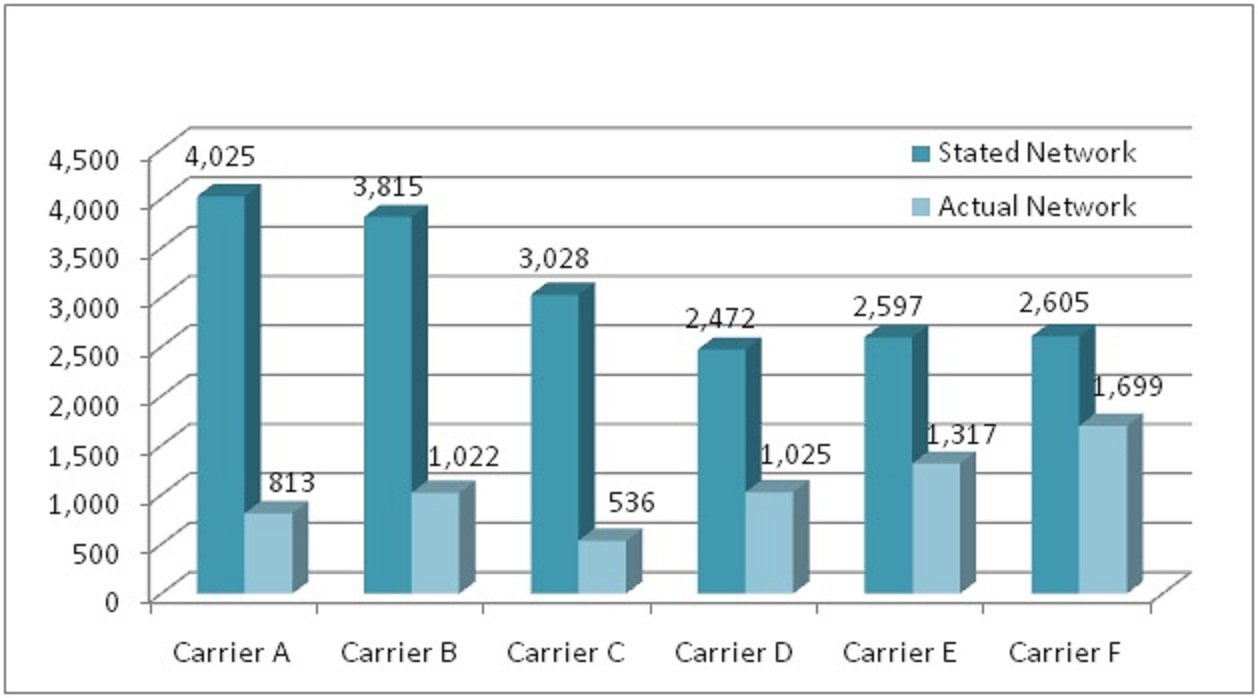Actuarial value (AV) is being talked about a lot as part of the Affordable Care Act (ACA) and healthcare reform (HCR). Here’s the information we promised on AV and how it affects dental.
Let’s start by defining two key terms used in the HCR discussion: actuarial value and actuarial equivalence. Actuarial value refers to the average share of covered services paid by a plan for a given population relative to the total average spending for the same population on the same covered services. Plans with the same AV are actuarially equivalent.
Here’s what that means: For an average population, if the total claims expense was expected to be $100 and the plan was expected to pay $80 on average, then the AV would be 80 percent.
You can see how actuarially equivalent plans may not necessarily have the same benefit designs or the same premiums, or how plans with the same benefit design from different companies could have different AV. AV is simply a measure of what portion of the total claims expense, on average, is expected to be paid by the plan.
At this point you may be wondering why you should care about AV. The reason is that AV is the main approach for comparing plans and determining the relative richness of benefits under the ACA.
The ACA requires small-group and individual health plans to meet certain levels of coverage whether they are on or off the exchange. These coverage levels are often called “metal tiers” because they have been defined as bronze (60% AV), silver (70% AV), gold (80% AV), and platinum (90% AV).
The Department of Health and Human Services, in conjunction with organizations like the American Academy of Actuaries, is developing a publically available AV calculator that will standardize population and utilization patterns, minimizing the issue of plans with the same benefit design having different AV.
This sounds great. So what’s the catch?
The catch is dental. Pediatric oral care is part of the required Essential Health Benefits (EHB), and AV applies to the total EHB, not each separate benefit that goes into the EHB.
This creates challenges when the pediatric oral EHB is satisfied with a standalone dental plan. First, there is no accepted way of combining and recalculating AV among dental and medical plans. Second, combining AV across these plans could create a situation where a consumer picks separate medical and dental plans that best meet their needs, but their combined AV no longer fits into one of the metal tiers.
Couldn’t each plan meet the AV requirement separately? Yes for the medical plan, but not for the dental plan. Dental plan designs are very different than medical plans; a typical dental plan in today’s market has an AV of about 86 percent.
Dental’s preponderance of preventive services paid at 100 percent and limited use of deductibles makes it hard to design a dental plan at the 70% AV silver tier (the tier used for premium subsidies) without requiring unusual amounts of cost-sharing. This sets up a situation where the coverage would be out-of-step with today’s market and consumer costs would be much too high.
Additionally, the AV calculator currently being developed only includes medical data, so it’s not appropriate for calculating dental AV. Dental AV would not be based on a standardized data set like medical, so plans with the same benefit design could have different AV; this would make it hard to compare plans across companies.
What’s the solution? Delta Dental of Wisconsin recommends exempting the pediatric oral EHB from the AV requirement. AV is a great tool for comparing complex medical plans, but it doesn’t translate well to simpler dental plans.
Whether pediatric oral benefits are embedded in the medical plan or satisfied through a standalone plan, excluding them from AV avoids market confusion and gives consumers the flexibility to choose coverages that best meet their needs.
For more detailed information on AV and actuarial equivalence, check out the following links:
http://www.actuary.org/files/publications/Health%20Reform%20glossary%20080310.pdf
http://www.actuary.org/pdf/health/equivalence_may09.pdf
http://www.actuary.org/pdf/health/Actuarial_Value_Issue_Brief_072211.pdf
